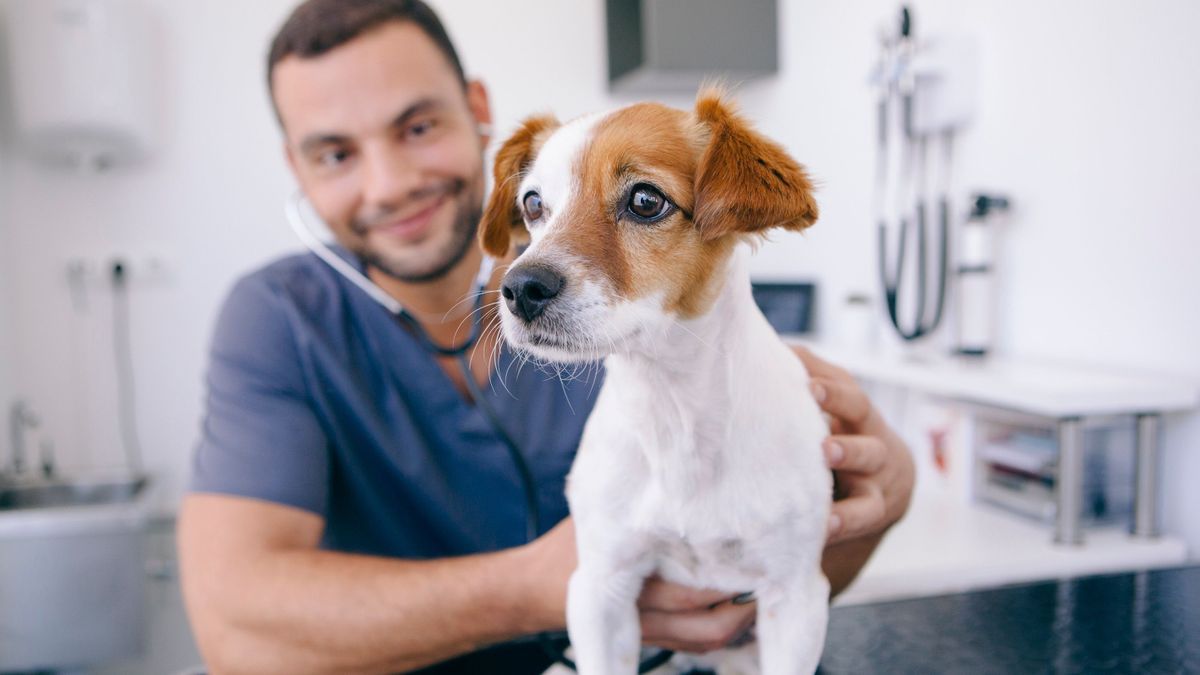
Many owners spare no expense in ensuring the well-being of their pets. But there is one area where they are watching their spending: medical care. Many owners think twice before taking their little companion to the veterinarian for fear of the cost of the treatment bill.
This reluctance is particularly strong among owners who have not subscribed to mutual insurance for their furball. Thus, 32.7% of them say they have not gone to a veterinary clinic for economic reasons, as revealed by a MarketWatch survey* conducted among 1,000 Americans who are also “pet parents”. In comparison, only 22% of insured pet owners say they have made this choice.
The very high cost of care pushes owners to adopt different strategies to ensure the well-being of their animal, without breaking the bank. More than 30% of “pet parents” have already called on their loved ones to raise the necessary funds for a veterinary consultation or operation. But that is not always enough. Some 29% of them say they did not have the means to provide emergency care to their companion.
A dramatic situation which sometimes has serious consequences. In fact, 16% of owners have already lost a dog or cat because they could not afford the veterinary care necessary for its survival. “My neighbors had three very large pit bulls. They got out of their cage and came to my garden, where my dog was attacked. She had lost so much blood that we didn’t think she would survive, since we didn’t have the means to treat her. It would have cost us over $3,000.“, said one of them in the investigation.
To insure or not to insure
To better manage their pet’s health costs, more and more owners are subscribing to specific mutual insurance. The North American Pet Health Insurance Association, the leading American organization in the field, found that the number of insured pets increased by 125% between 2018 and 2022. This trend is largely driven by younger generations, and especially by members of generation Z. Nearly 42% of those surveyed have taken out insurance for their dog, cat, bird or other pet, compared to 30.4% for their elders, the millennials.
Older owners are less inclined than their younger counterparts to subscribe to one of these mutual insurance companies. Only 2.5% of baby boomers have an insured pet. Many representatives of this generation declare that they do not see the point of these financial products, or that they are too expensive.
However, basic insurance is not that expensive. The MarketWatch site estimates that they range from 14 to 25 dollars (between 13 and 24 euros) per month for a cat, and from 23 to 49 dollars (between 22 and 46 euros) for an adult dog. However, prices vary depending on the level of guarantee chosen, the age of the animal, its breed and its type. In fact, man’s best friend costs more to insure than felines. But this does not discourage their owners from taking out mutual insurance to cover their health needs. Nearly a quarter of dog “parents” have one, compared to just under 15% of cat owners.
Beyond this aspect, owners must be attentive to warranty exclusions. Most insurers refuse initial subscriptions for animals over ten years old. Others agree to cover their medical expenses, but with significant increases in contributions or exclusions from guarantees beyond a certain age. Owners must therefore adapt the mutual insurance to the profile of their little companion so that it best suits their needs.
*This survey was conducted by Pollfish, on behalf of the American financial information site MarketWatch, among 1,000 Americans over the age of 18 who own a pet. Some 71% of respondents have a dog and 29% a cat. Data was collected between June 19 and 21, 2023.
